It’s one of the most unexpected—and unnerving—driving experiences: a tire blowout. And something as small as a nail in the road can be the cause.
“It happens any time the air in the tire escapes at a rapid speed,” says James Solomon, a defensive driving expert with the National Safety Council (NSC). According to the NSC, the top five causes of tire blowouts are under-inflation, overload, uneven tread wear, damage and defects.
Fortunately, tire blowouts seem to be on the downswing since the implementation of tire pressure monitoring systems, says Solomon. Still, he cautions, the unexpected event could occur, so it’s important for drivers to understand the possible causes and the proper responses, as well as the steps to take to help prevent a tire blowout.
What To Do
 “A blowout is pretty obvious,” says Solomon. “You’ll hear a pop, and one side of your car will drop down.” If it’s a front tire, you’ll hear a flapping sound, and the steering wheel could jerk from your hands. A back tire may be less dramatic, but both situations should be handled the same.
“A blowout is pretty obvious,” says Solomon. “You’ll hear a pop, and one side of your car will drop down.” If it’s a front tire, you’ll hear a flapping sound, and the steering wheel could jerk from your hands. A back tire may be less dramatic, but both situations should be handled the same.
“The last thing you want to do is jam on the brakes, especially in traffic,” says Solomon, even though that may be your gut reaction. The goal is to gain control of the vehicle as it continues to move and to get it away from traffic. He recommends signaling for a lane change and easing your foot off the gas pedal while steering to the side of the road as quickly and as smoothly as you can.
Turn on your hazards, and once the car is safely off the road, call for assistance. If you have the GEICO Mobile app, you can use it to request Emergency Roadside Service. If you’re fixing the flat yourself, make sure you’re a safe distance from traffic.
How To Prevent It
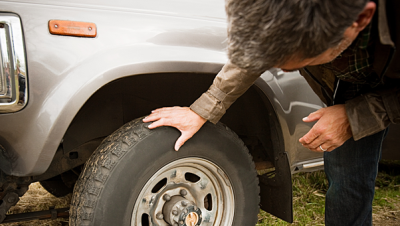 The National Highway Traffic Safety Administration (NHTSA) estimates that about 11,000 tire-related accidents happen every year, so tire upkeep is essential. A good first step is to check tire pressure, using a tire gauge, just as often as you check your oil or washer fluid—preferably once a month, advises Solomon. “If the PSI (pounds per square inch) is off by more than two pounds, fix it.” You can find the correct pressure for a tire in your owner’s manual or on the sticker inside the driver’s side door frame. And it never hurts to do a visual check before you get in the car, says Solomon. “If one tire looks lower than the others, it probably is.”
The National Highway Traffic Safety Administration (NHTSA) estimates that about 11,000 tire-related accidents happen every year, so tire upkeep is essential. A good first step is to check tire pressure, using a tire gauge, just as often as you check your oil or washer fluid—preferably once a month, advises Solomon. “If the PSI (pounds per square inch) is off by more than two pounds, fix it.” You can find the correct pressure for a tire in your owner’s manual or on the sticker inside the driver’s side door frame. And it never hurts to do a visual check before you get in the car, says Solomon. “If one tire looks lower than the others, it probably is.”
NHTSA also recommends that you check tread wear every month using a simple penny test. Place the coin headfirst into the groove; if you can see the top of Lincoln’s head, it’s time to replace the tire.
Another smart strategy? Add Emergency Roadside Service to your GEICO car insurance policy for just pennies a day per vehicle. Plus, you can request roadside help in as little as two minutes when you use the GEICO Mobile app. Be prepared and download it today!
Read More: 5 Hi-Tech Safety Features To Look For In A New Car
By Sue Carpenter

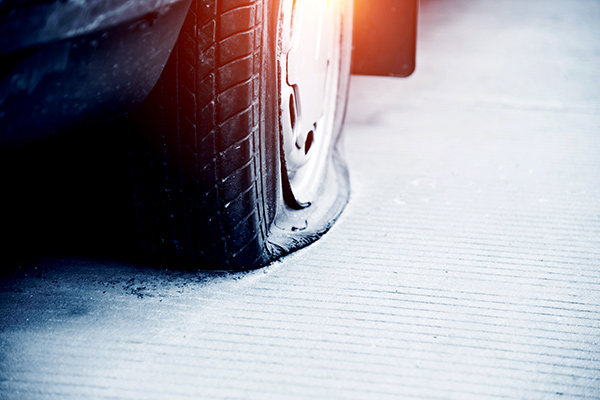



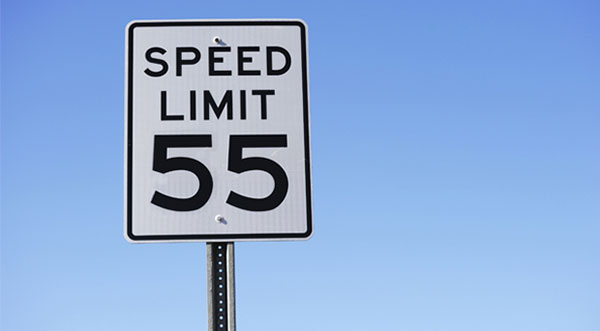
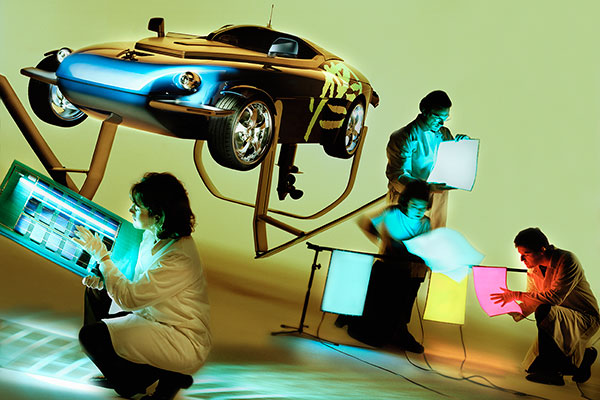
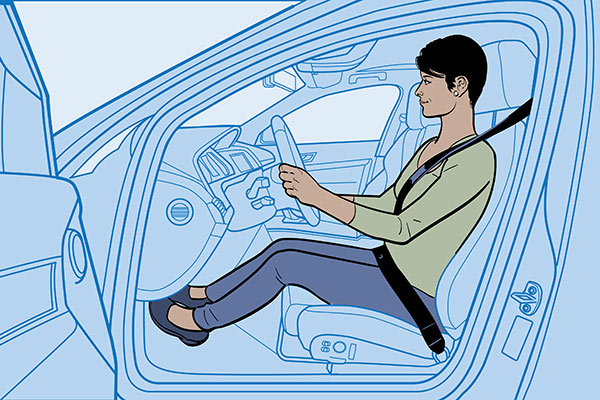

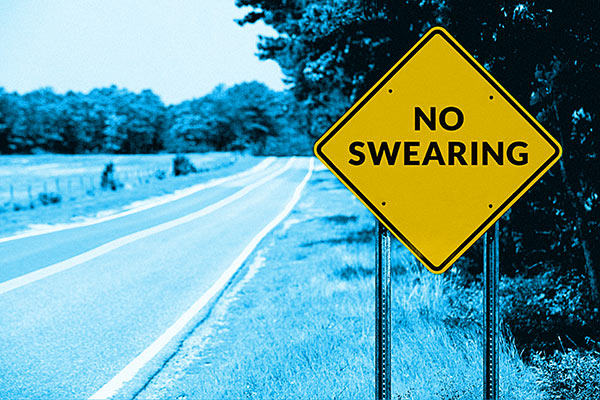
OLWA IBRAHIM says,
Good afternoon it’s a good lessons
WILLIE THOMAS says,
Very helpful information that all drivers know . Hope this information is taught in driving .classes . Will remember this.
Thank you
fausto aranda says,
good remainder thanks.I’ll keep that in mind
Delroy Smith says,
Good tip
Mondesir jean thimothe says,
Thanks you for information